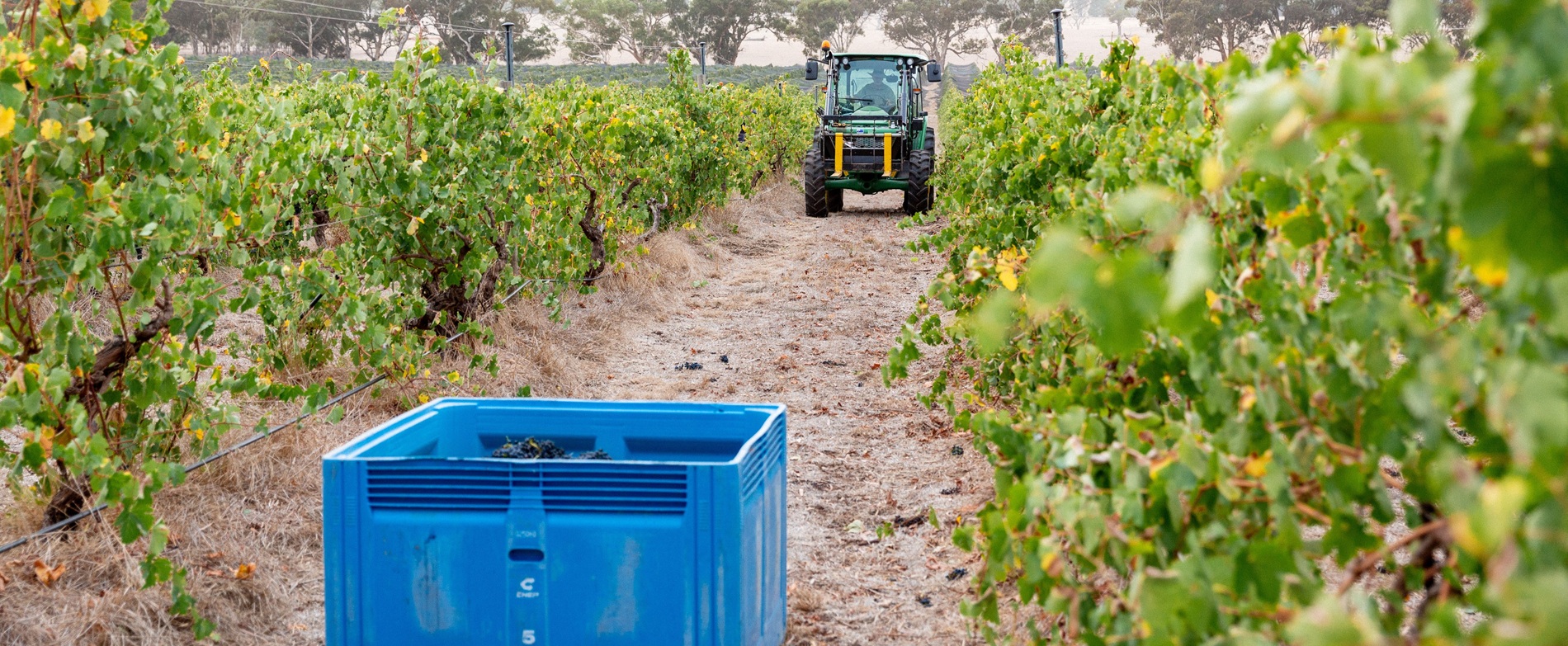
Australia’s Wine Sector Proves a Powerful Economic Multiplier
The Australian wine sector continues to demonstrate its remarkable influence on the national economy, with recent figures showing it contributes more than AU$51.3 billion each year while supporting over 200,000 jobs across the country.
This impact is not limited to the vineyards and wineries alone but extends widely through the broader economy in what experts call a strong multiplier effect. For every AU$1 million in gross output generated by the wine sector, the Australian economy benefits by AU$2.16 million.
Similarly, for every job created directly within the sector, an additional 1.42 jobs are supported in related industries, making wine a cornerstone of regional development and economic vitality.
A large part of this growth is driven by wine tourism, which has proven to be one of the sector’s strongest assets. In 2024, wine tourism alone was valued at AU$34.1 billion, supported by more than 7.5 million visits to wineries across the country. Visitors were not just exploring vineyards but also spending generously, with the average trip valued at AU$1,487.
Altogether, this translated into AU$11.6 billion of trip-related spending, injecting revenue into hospitality, transport, retail, and other connected sectors. For many regional communities, this tourism link has become an economic lifeline, offsetting challenges faced by growers and winemakers.
Despite its strengths, the industry has faced notable pressures in recent years, including a 13 percent decline in grape growers since 2018. Much of this reduction has come from consolidation within the sector rather than abandonment, but it highlights the ongoing challenges for small producers.
The temporary loss of the Chinese market due to tariffs also posed difficulties, although the lifting of those restrictions in 2024 has brought renewed optimism for export growth. On the policy side, state governments have taken steps to support growers by introducing measures that improve pricing transparency.
In South Australia, for example, legislation now requires wineries to provide indicative grape prices by September, months earlier than before, giving growers more certainty and bargaining power.
READ MORE: TradeDepot Unveils Sweet Wine Innovation, targets $420m Nigerian Market Growth
The federal government has also stepped in with support packages, allocating AU$30 million to strengthen cellar door operations and regional wine tourism infrastructure, with individual producers eligible for grants of up to AU$100,000. These initiatives aim to boost competitiveness, attract more visitors, and keep regional communities thriving.
While global wine consumption trends continue to shift, Australia’s focus on innovation, tourism, and policy support positions the industry to remain resilient.
Ultimately, the story of Australian wine is one of far-reaching impact. What starts in the vineyard ripples across the economy, creating jobs, sustaining regional communities, and driving billions of dollars in economic activity each year.
The wine sector is more than a celebrated part of Australian culture—it is a vital engine of growth with a multiplying effect that reinforces its place as one of the country’s most influential industries.



